Ottimizzare le Prestazioni Sportive: L’Importanza della Salute per Atleti e Allenatori
16:54

Ampia selezione di biciclette a prezzi ottimali per i residenti in Italia. Forniamo facilmente consulenza su qualsiasi questione relativa alle biciclette.

Biciclette per ogni esigenza. Tecnici esperti risolveranno rapidamente i problemi della tua bici o ti aiuteranno a scegliere una nuova.
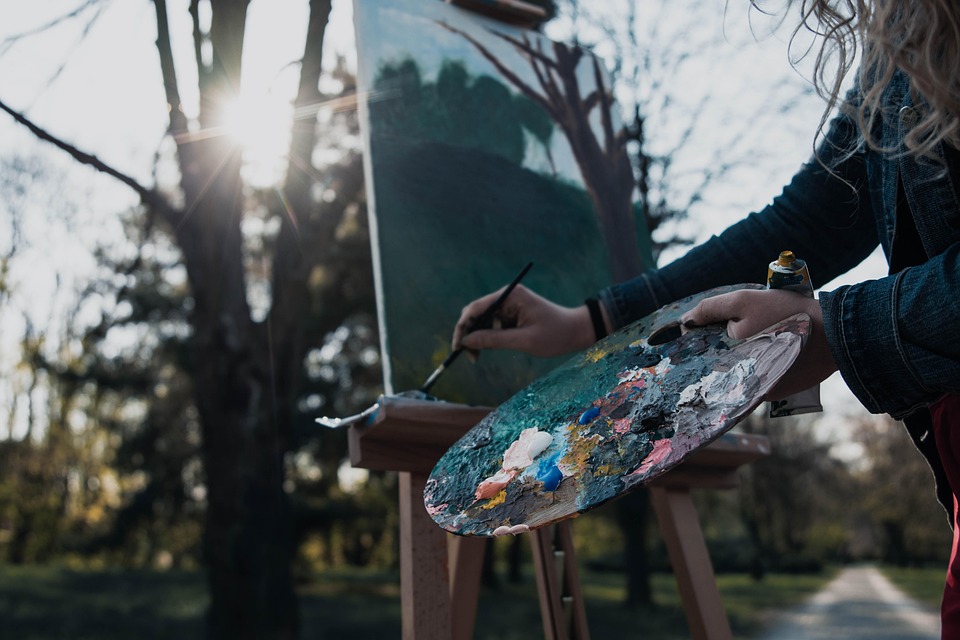
The Science of Creativity: How to Cultivate an Innovative Mindset

Comunità di persone creative unite dall’idea di crescere nel proprio mestiere e scoprire nuovi aspetti di altre direzioni artistiche.
7 Marzo 2025

Tutto su semi, piante e giardinaggio in generale. Un enorme archivio di articoli utili e informazioni per chi è interessato all’agricoltura.
7 Marzo 2025

Per chi è interessato alle vacanze in Oriente. Numerose destinazioni sia popolari che meno conosciute per il relax nei paesi orientali.
7 Marzo 2025
Creativity is often romanticized as the domain of artists, musicians, and writers, but it is, in fact, a vital skill applicable across all fields and walks of life. Whether in business, education, or personal endeavors, the ability to think creatively can lead to groundbreaking ideas and effective problem-solving. Understanding the science of creativity allows us to explore ways to unlock and cultivate this innovative mindset. This article delves into the cognitive processes behind creativity, the environmental factors that foster innovation, and practical strategies for developing a more creative mindset.

Ricambi auto per veicoli europei, americani e giapponesi. Ampia scelta di pezzi di ricambio e ricerca comoda per ogni esigenza.
7 Marzo 2025

Articoli decorativi per la casa. Dettagli che creano comfort e un’atmosfera piacevole. Prezzi accessibili e ampia scelta nel catalogo con consegna.
7 Marzo 2025

Prodotti per cucito, taglio e tutto il necessario per gli amanti del fai-da-te. Vasta selezione di materiali e strumenti professionali a prezzi convenienti.
7 Marzo 2025

Moto e ricambi per moto. Catalogo con un’enorme selezione di tecnologia italiana e un grande assortimento di pezzi di ricambio.
7 Marzo 2025
Creativity involves the generation of new and useful ideas. Cognitive psychology studies this phenomenon, revealing that creativity is not merely a trait but a complex interplay of cognitive processes. Researchers often distinguish between two stages of creativity: divergent thinking and convergent thinking.

Componenti per moto e motociclette. Grande varietà, catalogo comodo con consegna rapida in tutta Italia.
7 Marzo 2025

Viaggi in Italia. Tour e programmi esclusivi. Numerosi luoghi meravigliosi che potresti non conoscere e rischiare di perdere.
7 Marzo 2025
Divergent Thinking: This process involves generating multiple unique solutions to a problem. It requires imaginative thinking and the ability to make connections between seemingly unrelated concepts. Activities that encourage brainstorming, free writing, or mind mapping are effective ways to enhance divergent thinking.
Neuroscience has also shed light on the brain’s role in creativity. Studies using neuroimaging techniques reveal that creative thinking involves a network of brain regions rather than a single area. Key areas implicated in creative thought include the default mode network (associated with daydreaming and imagination) and the executive control network (responsible for focused thinking and self-regulation).
While cognitive abilities play a significant role in creativity, the environment cannot be overlooked. Our surroundings, social interactions, and cultural context all influence our capacity to think creatively. A few key factors include:
Psychological Safety: Environments that promote psychological safety encourage individuals to take risks without fear of criticism. When people feel safe to share their ideas, even the wildest ones, creativity flourishes. A study in organizational psychology found that teams with a high level of psychological safety were more innovative and willing to explore unconventional solutions.
Diversity of Thought: Collaborating with people from different backgrounds, disciplines, and perspectives leads to greater creative outcomes. Diverse teams can resemble a melting pot of ideas, blending various viewpoints to conceive innovative solutions. Studies show that organizations with diverse teams outperform their peers in creativity and problem-solving.
Physical Space: The design of a workspace impacts creativity. Open spaces, natural light, and areas for collaboration encourage spontaneous interactions and idea-sharing. Only recently, companies have started to redesign workplaces to include collaborative areas, quiet zones, and spaces that stimulate creativity.
Now that we have a better understanding of creativity’s cognitive and environmental components, let’s explore actionable strategies to cultivate a more innovative mindset:
Embrace Curiosity: Curiosity drives creativity. Make it a habit to ask questions, explore new topics, and seek out experiences that pique your interest. Engage in lifelong learning through online courses, workshops, or reading. Curiosity invites new ideas and perspectives that can spark creative thoughts.
Practice Mindfulness: Mindfulness practices, such as meditation or deep-breathing exercises, can help clear the mind and enhance creative thinking. By reducing stress and increasing focus, mindfulness encourages a state of mental clarity conducive to innovation. Setting aside time for reflection can lead to important insights and the formation of new ideas.
Adopt a Growth Mindset: Carol Dweck’s research on growth mindset emphasizes the belief that abilities can be developed through dedication and hard work. Embracing challenges and persisting in the face of setbacks is crucial for creative growth. View failures as learning opportunities rather than roadblocks, and maintain a positive attitude toward experimentation.
Schedule Time for Creativity: Creativity cannot always be spontaneous; sometimes, intentional practice is required. Schedule dedicated time for brainstorming and creative projects. Consider techniques like "creative sprints," where you immerse yourself in a specific challenge for a set period.
Limit Constraints: Paradoxically, some constraints can fuel creativity by forcing you to think outside the box. However, excessive constraints can stifle innovation. Strive to recognize mild challenges or limitations that can inspire creativity without overwhelming you. Finding a balance is key.
Engage in Creative Activities: Engage in activities outside your usual expertise, from painting and writing to coding or cooking. These pursuits can stimulate different parts of the brain and encourage cognitive flexibility—an essential component of creativity.
Creativity is a multifaceted skill that can be cultivated through understanding its cognitive foundations, creating conducive environments, and implementing practical strategies. By embracing curiosity, fostering diversity, and engaging in practices that enhance mental clarity, anyone can unlock their innovative potential. Whether you aim to solve complex problems at work, pursue artistic endeavors, or simply enhance your everyday life, harnessing the science of creativity will empower you to think differently, innovate, and make meaningful contributions to your world. Embrace creativity, and watch it transform your thinking and approach to challenges.

Tour per gli amanti dell’attività fisica e del tempo libero alternativo. Scopri l’Italia da una nuova prospettiva.
8 Aprile 2025
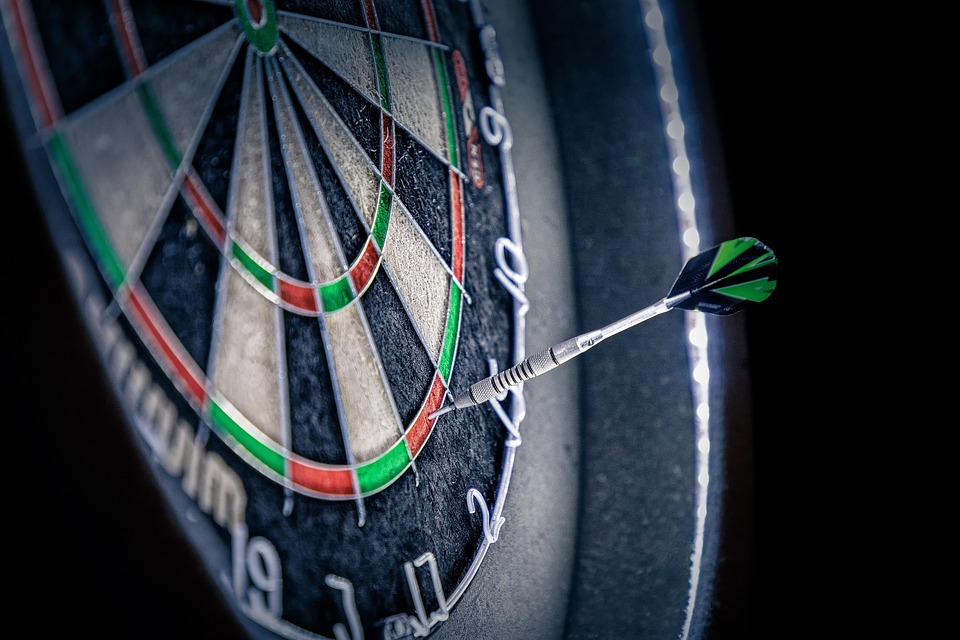
Ottimizzare le Prestazioni Sportive: L’Importanza della Salute per Atleti e Allenatori
16:54

Hotel di lusso per vacanze benessere e totale relax. Camere meravigliose in un luogo incantevole d’Italia.
22 Marzo 2025

L’importanza della Formazione nel Trattamento delle Malattie Croniche: Strumenti e Risorse per Professionisti
12:41

Lavorazione dei metalli e creazione di parti metalliche su richiesta. Anni di esperienza con i clienti italiani.
4 Maggio 2025
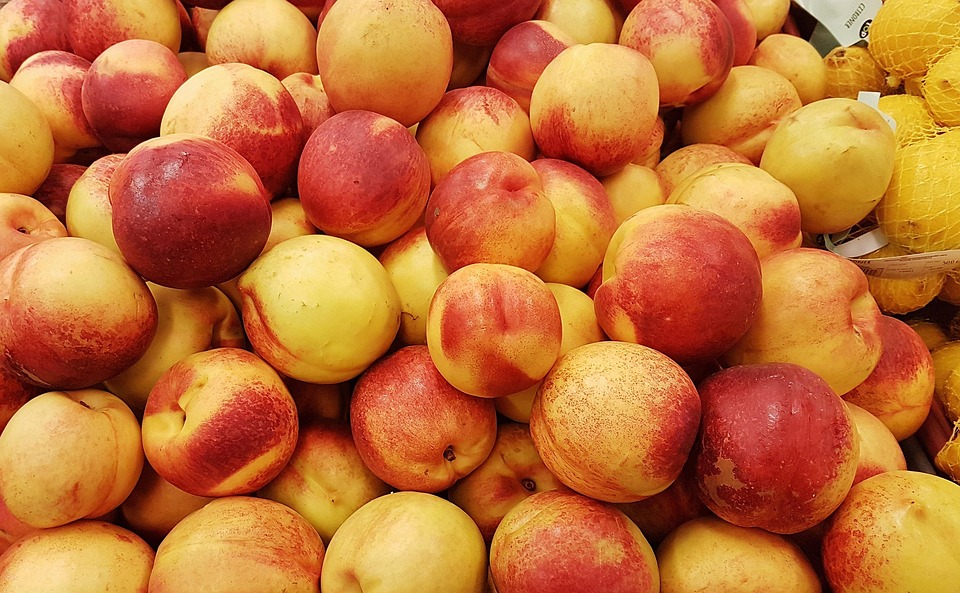
La Cucina Detox: Ricette Salutari per un Benessere Duraturo
15:33

Prodotti professionali per gli amanti della pesca. Ampio catalogo di canne da pesca, esche e tutto il necessario per una pesca di qualità.
13 Maggio 2025

Innovazioni e Tecnologie Avanzate: Il Ruolo Cruciale degli Sviluppatori nel Futuro Digitale
21 Maggio 2025

Strumenti e Metodologie per un’Analisi Finanziaria di Successo
21 Maggio 2025

Il Ruolo del Medico Sportivo nella Preparazione Atletica: Un Percorso Essenziale
12 Marzo 2025

Blockchain e Innovazione: Come le Tecnologie di Ledger Stanno Cambiando il Mondo Finanziario
19 Aprile 2025
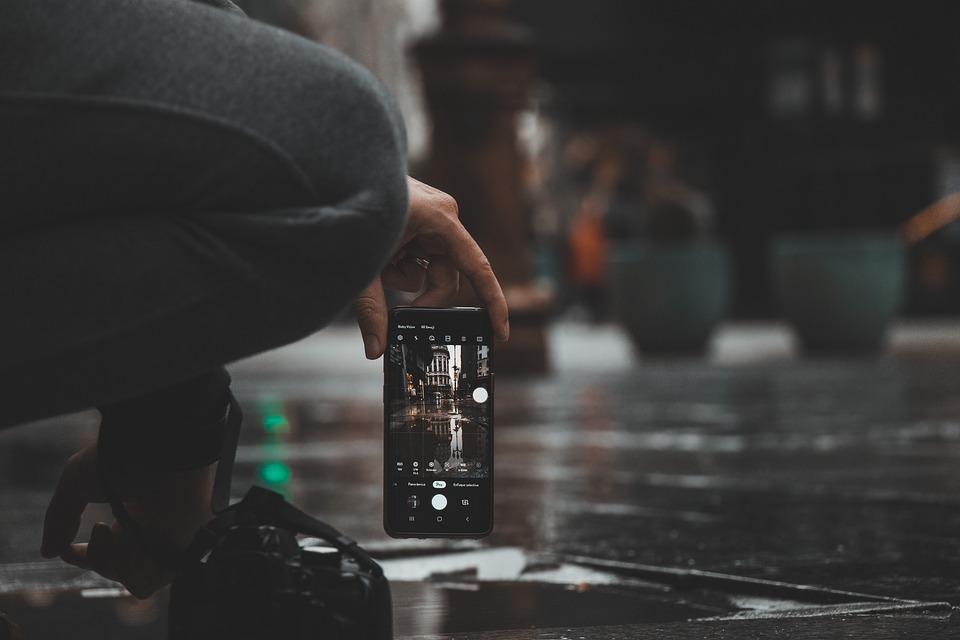
Come le Tecnologie Avanzate Stanno Trasformando il Mondo degli Sviluppatori
18 Maggio 2025

Le Tendenze Moda per la Primavera/Estate 2024: Colori e Stili da Non Perdere
1 Aprile 2025

Criptovalute e Blockchain: Opportunità e Rischi nel Mondo degli Asset Digitali
13 Marzo 2025

Il Ruolo della Cucina Tradizionale nella Salute
12 Marzo 2025

Il Ruolo del Medico Sportivo nella Preparazione Atletica: Un Percorso Essenziale
12 Marzo 2025

L’Analisi degli Indicatori Macroeconomici: Impatti sulle Decisioni Finanziarie
12 Marzo 2025

Analisi Finanziaria per Manager: Decisioni Strategiche Basate sui Dati
2 Aprile 2025

Attrezzatura da campeggio di alta qualità per ogni condizione. Equipaggiamento professionale per escursioni prolungate.
2 Aprile 2025

Servizio automobilistico di alto livello in Italia. Ampia gamma di servizi. Solo specialisti altamente qualificati. Riparazione e sostituzione di ricambi auto.
2 Aprile 2025
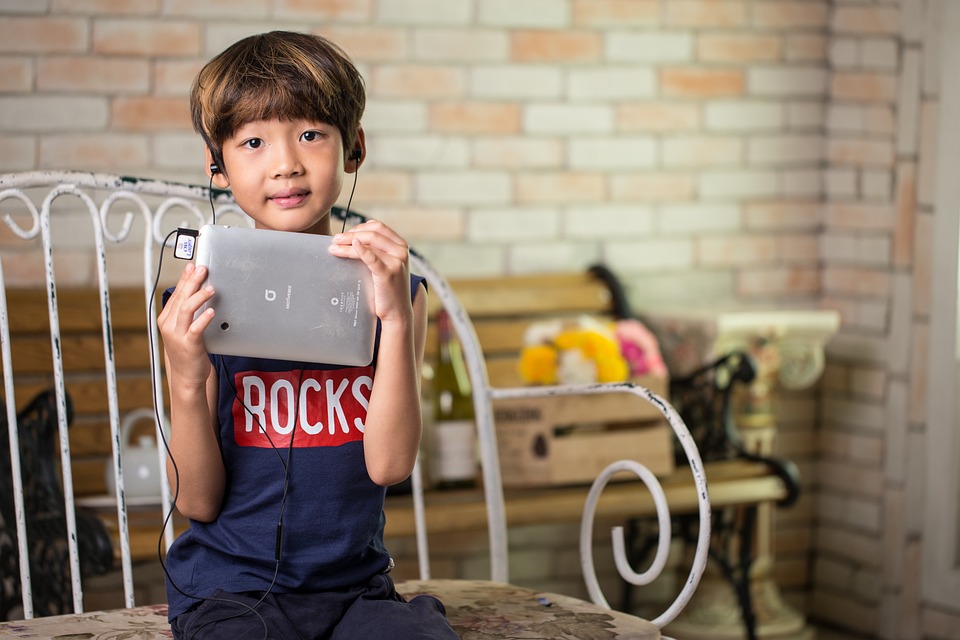
Dall’IA alla Blockchain: Le Tecnologie Avanzate da Tenere d’Occhio
20 Marzo 2025

Esplorare i Segreti della Dieta Mediterranea: Un Viaggio tra Gusto e Salute
1 Aprile 2025